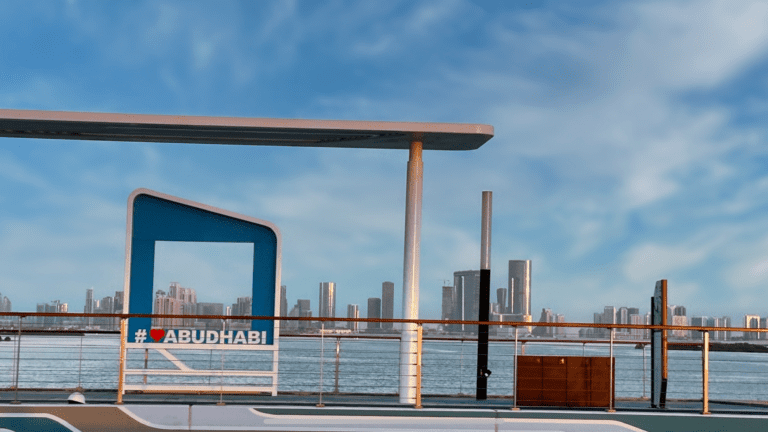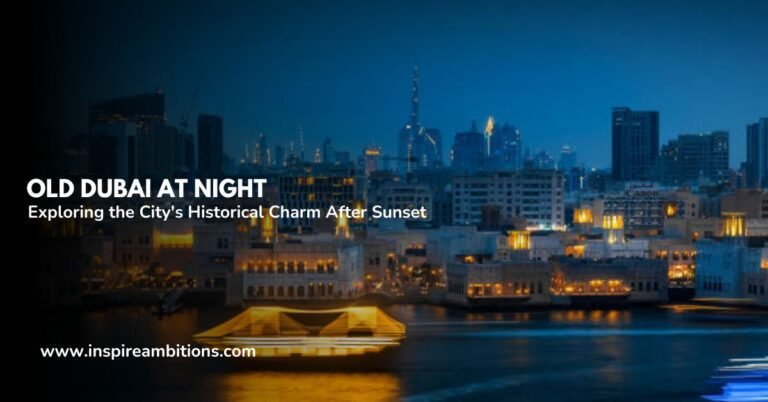Dubai Tourism Statistics – Latest Trends and Insights
Dubai is a premier tourist destination, attracting millions of visitors each year. This growth is a testament to Dubai’s vibrant economy and strategic vision. The city’s impressive transformation is reflected in its tourism statistics, with ambitious targets set to welcome 25 million visitors by 2025.
The latest data reveals a dynamic increase in international visitors, with Dubai welcoming 14.36 million overnight visitors in 2022. The city’s hotel industry also thrives, reporting over 31.5 million hotel room nights sold in 2021, marking one of the highest records to date.
These figures underscore Dubai’s resurgence in the global tourism market and its role in the UAE’s economic growth.
For detailed insights, including the number of hotels and new attractions, check out Dubai Tourism’s 2024 overview. Keep reading to explore how Dubai continues to position itself as a leading tourist hub, reflecting on these compelling statistics and prospects.
Dubai Tourism Statistics
Dubai has experienced a remarkable transformation into a leading global tourist destination. The city’s tourism growth has fueled economic development, attracting millions of visitors annually.
Dubai Tourism Overview
Dubai stands as a beacon of growth in the tourism sector, driving significant economic progress and drawing visitors from diverse regions. Recognized for its hospitality and recovery post-COVID-19, the city has become a substantial player on the global stage.
Tourism Growth and Economic Impact
Dubai witnessed a surge, with tourism numbers reaching 14.36 million overnight visitors in 2022. This growth underscores the emirate’s strategic initiatives in boosting tourism, resulting in substantial contributions to the UAE’s economy.
The tourism sector supports employment, drives construction activities, and enhances retail trade. Expo 2020 played a pivotal role, drawing international attention and positioning Dubai as a leading destination.
Key Markets and Source Regions
Dubai attracts tourists from various key markets. India remains a top source, followed by Russia, Saudi Arabia, and the UK. Western Europe, South Asia, and North Asia significantly contribute to visitor numbers. The MENA region and Eastern Europe are also crucial markets.
The diverse mix of tourists highlights Dubai’s global appeal and strategic marketing efforts to cater to varied demographics.
Hospitality Sector Performance
The hospitality sector in Dubai showed resilience, recording robust performance metrics. In 2021, over 31.5 million hotel room nights were sold, marking a significant recovery compared to previous years. High occupancy rates and average daily rates reflect the sector’s strength.
The dynamic hotel industry continually evolves, offering luxury, mid-range, and budget accommodations to meet diverse traveller needs.
Post-COVID-19 Recovery
Dubai demonstrated leadership in navigating the COVID-19 pandemic’s challenges by implementing stringent health protocols and innovative marketing initiatives. The city rapidly rebounded, with tourism numbers in 2022 surpassing pre-pandemic levels.
Efforts to promote safe travel and prominent events like Expo 2020 contributed significantly to this recovery. This success underscores Dubai’s resilience and adaptability in a post-pandemic world.
Dubai Tourism Statistics
let’s explore the Tourism Statistics now :
Hospitality and Infrastructure Insights
Dubai offers a robust hospitality sector coupled with extensive infrastructure, making it one of the leading travel destinations. This section covers the hotel market trends, transport and accessibility, and future attractions and investments in Dubai.
Hotel Market Trends
Dubai’s hospitality sector has seen significant growth. As of 2023, Dubai hosts 820 hospitality establishments, including 624 hotels. The city saw a notable increase in hotel rooms, especially in 2021, with an 8.7% surge during the recovery period.
The average daily rate (ADR) and revenue per available room (RevPAR) are key metrics demonstrating the industry’s health, with luxury hotels contributing significantly to market performance. Occupancy rates have been strong, buoyed by international visitors and significant events like the Dubai Expo 2020, which increased the demand for room nights.
Транспорт и доступность
Dubai International Airport (DXB) is a critical hub, handling significant passenger traffic each year. Efficient transport infrastructure, including the Dubai Metro and extensive road networks, enhances accessibility for tourists. The airport connects Dubai with global destinations, making it convenient for international visitors.
The ease of transport within the city, along with a variety of shopping malls and attractions, ensures a seamless travel experience. Additionally, innovative initiatives focusing on public transport and mobility solutions continue to improve.
Future Attractions and Investments
Dubai’s investment in tourism infrastructure remains strong. Projects like the Museum of the Future and continuous enhancements to the city’s hospitality inventory demonstrate a commitment to growth. With an expected 25% growth in the hospitality sector by 2030, Dubai aims to attract 40 million visitors by 2031.
Future attractions and investments include state-of-the-art facilities, luxury hotels, and unique experiences that cater to diverse visitor interests, further solidifying Dubai’s reputation as a premier travel destination.






